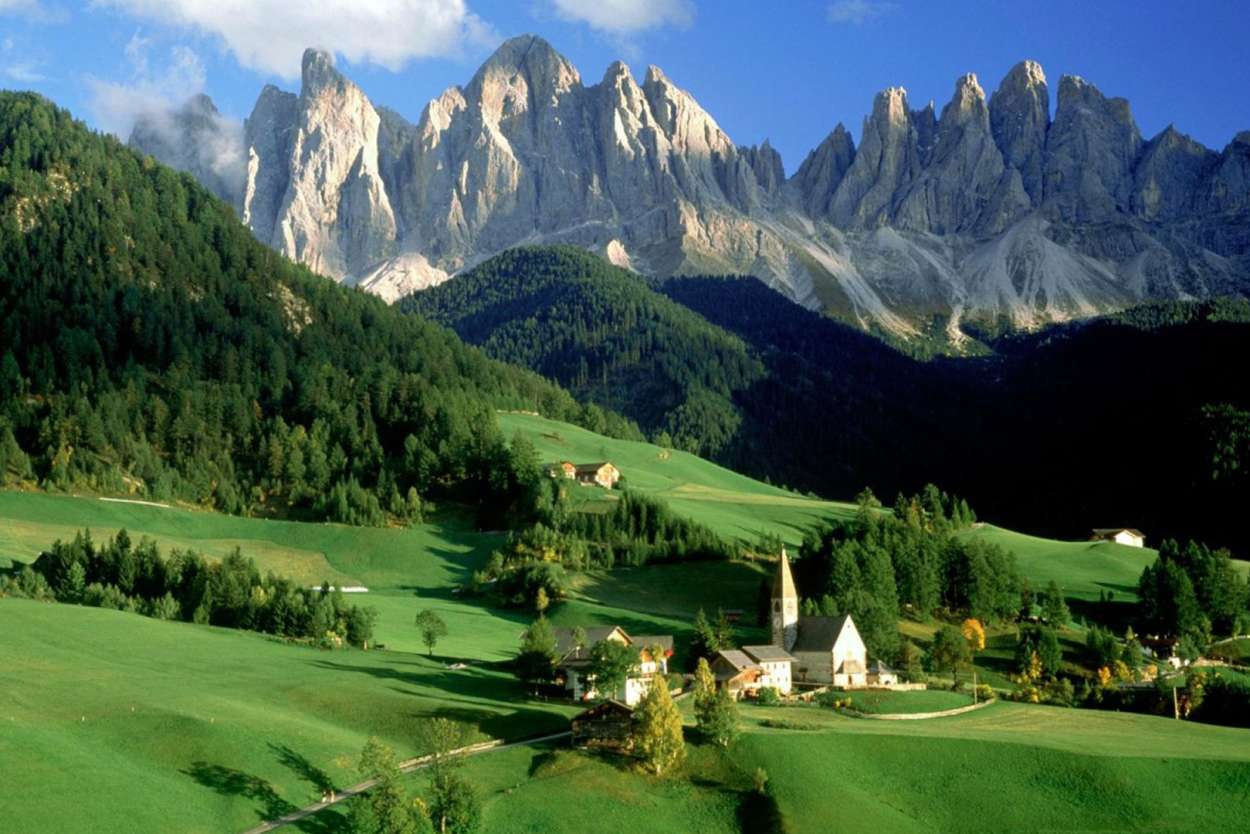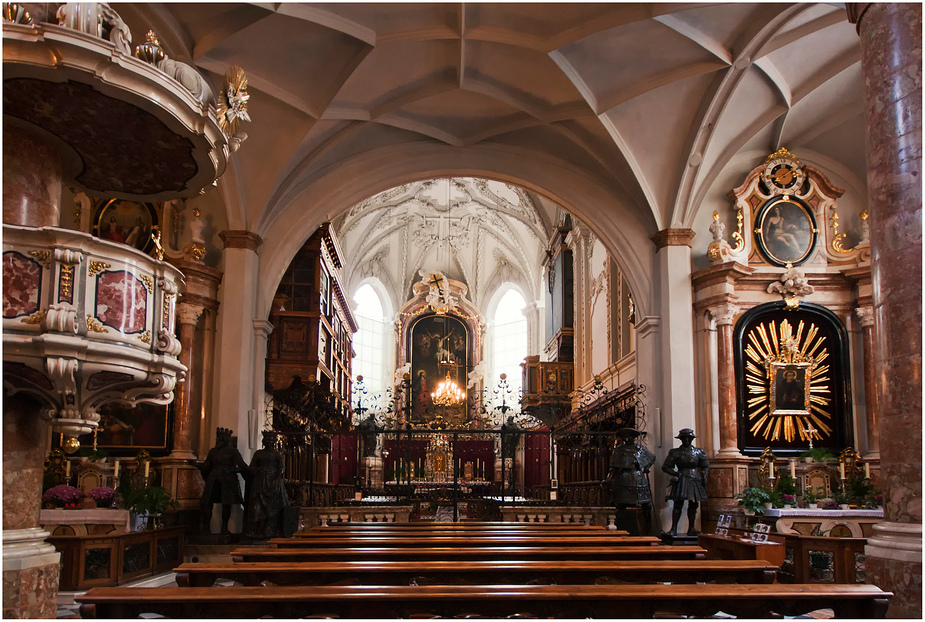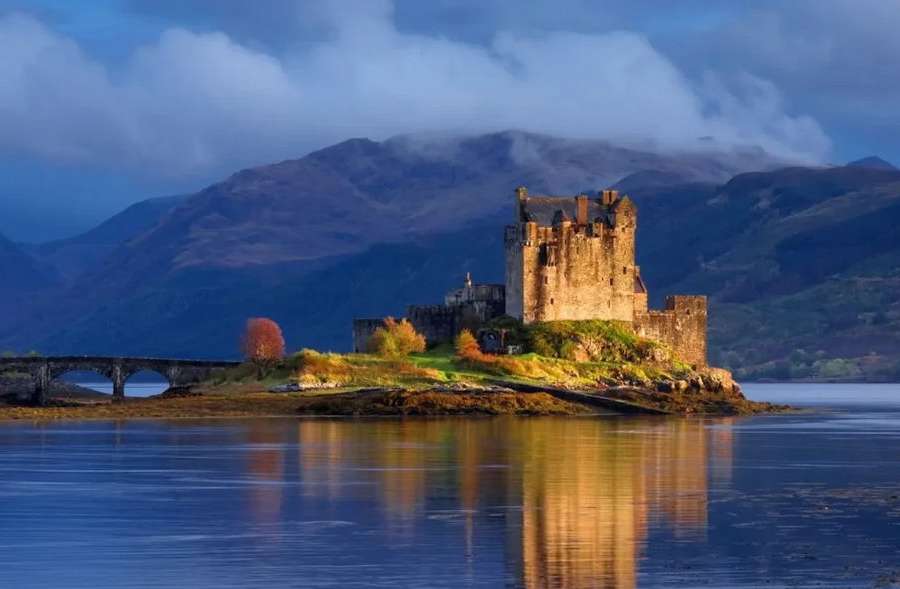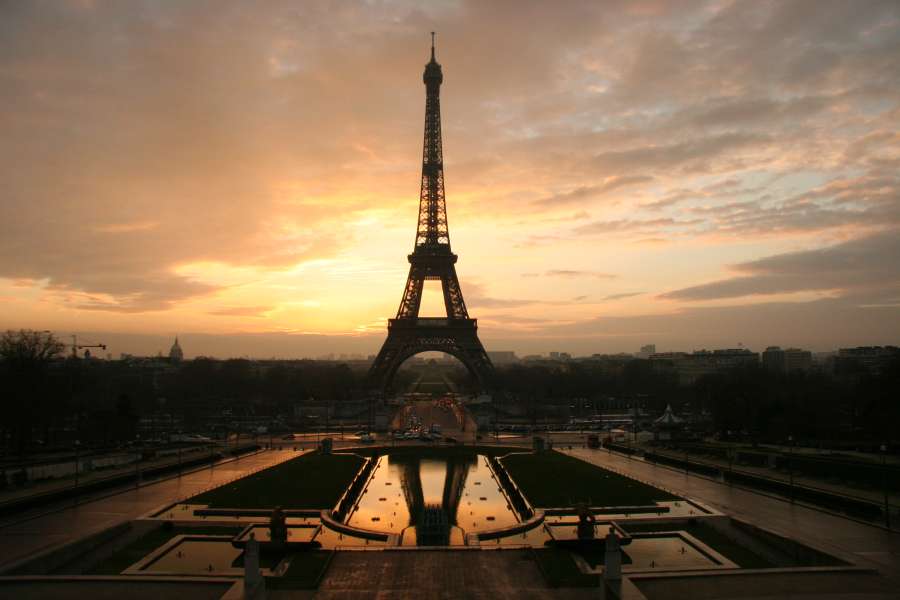Among Austria’s 9 provinces tourists probably like Tyrol the most. In winter it’s a ski paradise, in summer it’s irresistable for hikers, so Tyrol is popular destinations throughout the year for tourists from all over the world. We can taste the real essence of rural Austria while wandering among the snowy peaks, green slopes and traditional Austrian villages nestling in the valleys. The view is postcard-like and if we look behind the scenes we can discover the nature wonders and culturale heritage of the region, due to the numerous recreational opportunities, we can recharge our batteries. Among the varied attractions of Tyrol tourist in the last years liked these ones the most:
1. Swarovski Kristallwelten – Wattens
Crystal World also called Swarovski Museum is near to Innsbruck. Visitors can keep track the successful history of the company from 1895 to present days. Daniel Swarovski moved to Wattens then and started to apply his own invention, the unique crystal cut and polishing techniques. Today the Swarovski brand is the synonime of jewels, fashion and ornaments, so no wonder that Kristallwelten is Tyrol’s number one attraction. The museum was created in 14 underground rooms. Found in 1995, the musuem offers a special occasion to know that creative process in which the raw crystal becames a masterpiece. In addition to the impressive sight, it’s possible to purchase.
2. Alpenzoo – Innsbruck
Europe’s highest zoo offers a wonderful panorama to Innsbruck. Founded more than a half century ago, Alepnzoo is the home of 2000 animals of 150 species and introduces the typical Alpine fauna. It gives a wonderful insight to the biodiversity of the area, in its aquarium almost every types of Alpine fish species can be found, includes the rare ones. We can get to Alpenzoo by Hungerburgh cable car, which is an architectrual specialty. Tyrol’s most popular zoo welcomes 250,000 visitors a year.
3. Kufstein fortress
The fortress was built in the 13th century, during the period of Bavarian rule, then became the part of Tyrol and scene of countless battles in the next half millenium. The fortress, looks over the town of Kufstein, is one of Tyrols symbolic buildings and also one of the most popular tourist attractions where we can know more about its rich history. Its most interesting parts are the former prison, the Kaiserturm Tower, the Deep Well plucked into a rock 60 m deep, the local history exhibition and the museum. Usually 170 thousands of tourists visit the fortress a year.
4. Bergisel Ski Jump
Towering above the city of Innsbruck, the Olympic Ski Jump was built in 1964. Redesigned before the Winter Olympic Games, in 1974 by the famous architect from London, Zaha Hadid. Those 140,000 tourists who visit Bergisel per year can experience up close what professional skiers feel when jump into the depth. From here the panorama of the city is wonderful, but quite ironic that under the ski jump there’s Innsbruck’s cemetery. From the panoramic glass terrace of the restaurant of Café im Trum the view is unforgettable.
5. Tyrolean panorama with Kaiserjager Museum – Bergisel, Innsbruck
The museum of the Tyrolean Imperial Infantry opened in 1880, stands at the location of the battle in 1809, where the local hero, Andreas Hofer and the Tyrolean freedom fighters beated the French and Bavarian armies which were fighting the side of Napoleon. The gigantic, 1000 m2 panoramic painting depicts the scenes of the battle, replaced here in 2011. Due to the fantastic location of the museum, the view of the city and Mountain Nordkette is fascinating.
6. Hofkirche – Innsbruck
Built in 1555, in Gothic style, the Court Church is Emperor Maximilan I.’s monument, who founded the world conqueror Habsburg dinasty, Austria’s most powerful family. As the emperor’s favourite place was Innsbruck, he did all to increase its prestige and luxury to make his beloved Innsbruck an internationally reknown town. Around the richly decorated white marbel tomb stand 28 giant bronze statues, which forms Emperor Maximilian’s ancestors, relatives and other heroes. The Tyrolean hero, Andreas Hofer’s grave is also in the church. Hofkirche is visited by 125,000 thousands of toursits per year and stands only a few steps from the most famous attractions of Innsbruck’s old town.
7. Hofburg – Innsbruck
The Imperial Palace is one of the most important historical buildings in Austria. With average 115,000 vistors per year only Schönbrunn Palace and Hofburg Palace in Vienna precedes it. Maria Theresa enlarged the palace, then built the ornate ceremonial hall, the chapel and the exhibition hall where we can see the portraits of Maria Theresa’s 16 children. In Hofburg today we can see five thematic exhibition which show the political and cultural history of Habsburg’s residence. It worths to visit Maria Theresa’s room with its original, 18th-century style, Emperor Elizabeth’s room with 19th-century furnitures and the small Furniture Museum, Ancients Gallery and Painting Gallery.
8. Ambras Castle – Innsbruck
The castle sits above the city, was founded by Andech counts more than 1000 years ago. From 1564 it was ruled by Archduke Ferdinand, he converted the castle into a palace. He built the famously luxurious Spanish Hall, which is one of the most beautiful examples of the early German Renessaince interior. In Lower Castle visitors can see armors and weapons, on the first floor there’s the art gallery, in Upper Castle are statues and paintings. The most special part of the castle is Ferdinand’s wife, Philippine Welser’s former bathroom, which still preserves its 16th-century presence.
9. Silver mines – Schwaz
Each year more than 80,000 tourists visit the silver mines in Schwaz. In the Middle Ages the neighborhood of the town gived more than 85% Europe’s silver product. More than 10,000 Tyrolean miner searched for silver and copper, thus the province became the richest in Europe. Visitors can discover the mount from a whole new perspective and can take an unforgettable journey 800 m under the ground. It’s also a time travel, because it evokes the golden age of the silver mining industry.















